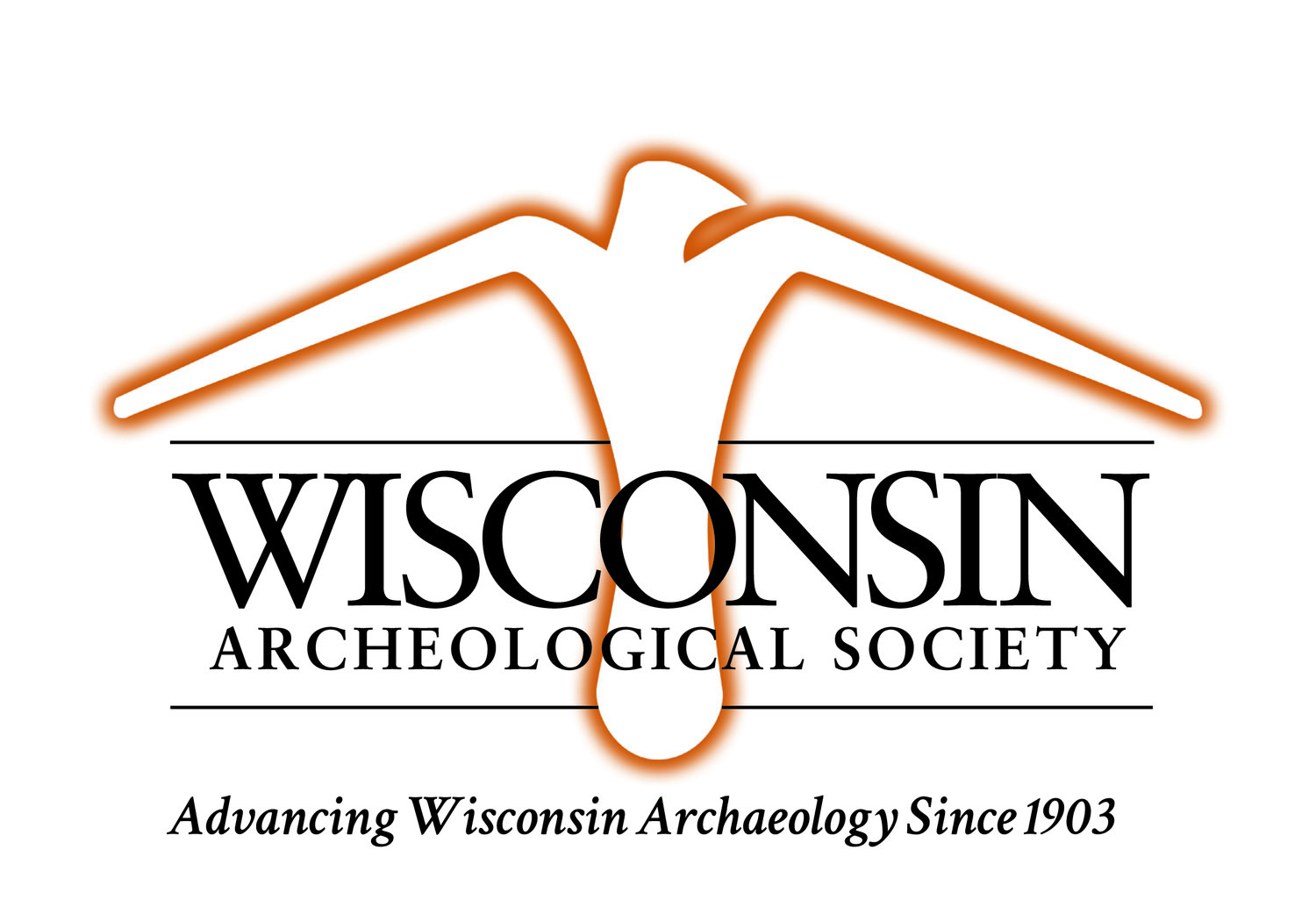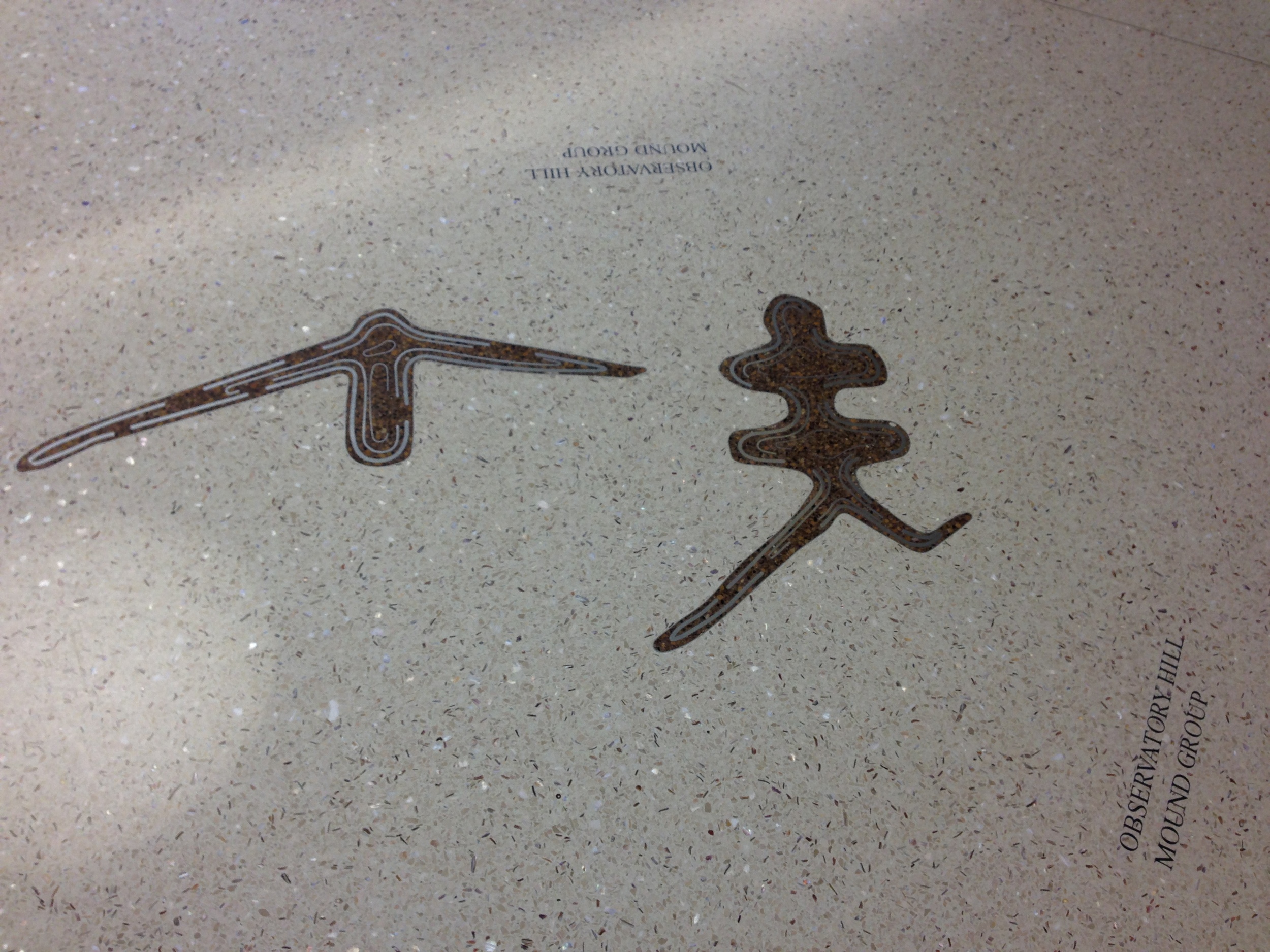"Ancient Whitewater mounds see rebirth"
/The Whitewater Effigy Mounds Preserve in Whitewater, Wisconsin, was recently featured in the local news. The mounds were destined to be destroyed by construction of US Highway 12 until a group of local residents came to the rescue and convinced the Wisconsin Department of Transportation that the mounds needed to be preserved. In 1974, the site became a city park. The Preserve protects 13 earthworks.
The park features numerous signs and plaques that serve to educate visitors about the mounds. The city's plans for the Preserve include ongoing restoration and maintenance. A new entrance sign has been installed, and the are plans to improve all the signage at some point in the future. A ground cover conversion has begun, to change from mowed turf to prairie plants.
See the news article itself for more. The article also features Wisconsin Archeological Society member Richard Helmick.
http://www.wdtimes.com/news/local/article_976521c8-14d0-11e2-9218-0019bb2963f4.html
Mariann Scott and Richard Helmick are shown at the sign that greets visitors to the Whitewater Effigy Mounds Preserve, located on Whitewater’s west side, just south of U.S. Highway 12 on Indian Mounds Parkway.
Source: STEVE SHARP/Daily Times
To submit a news story, send an email to contact@wiarcheologicalsociety.org with "News Submission" in the subject line.






